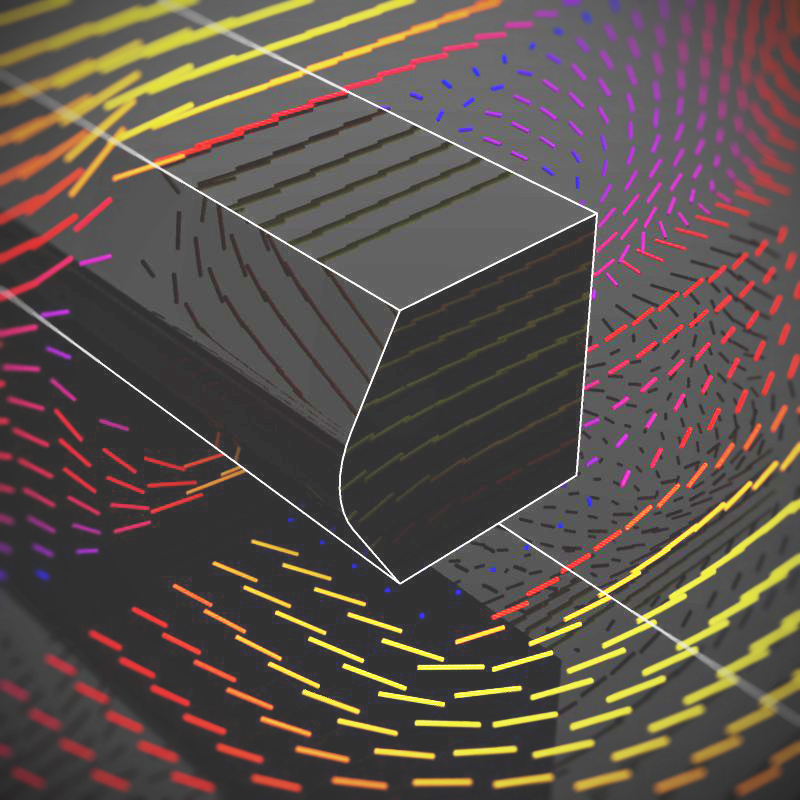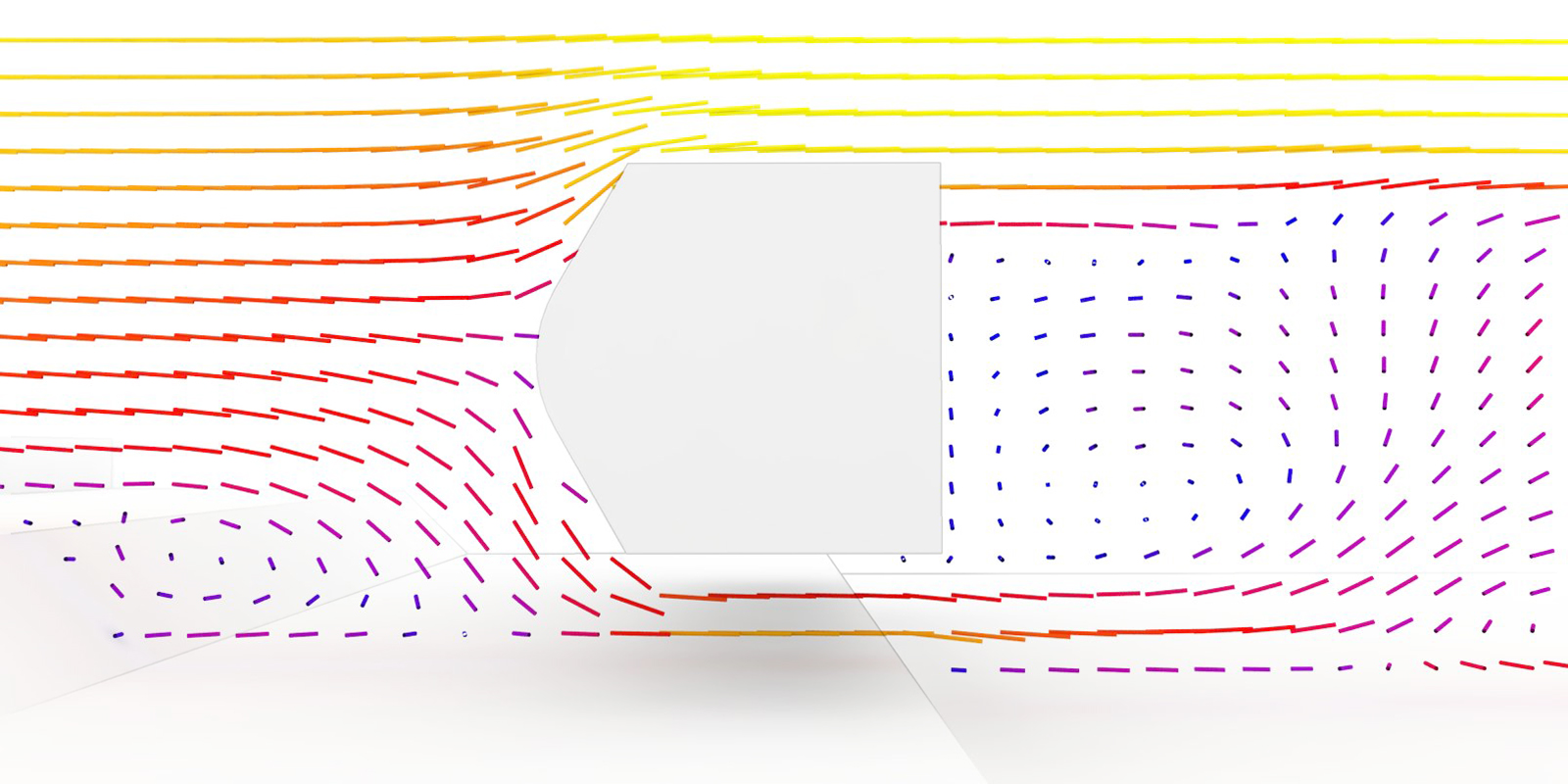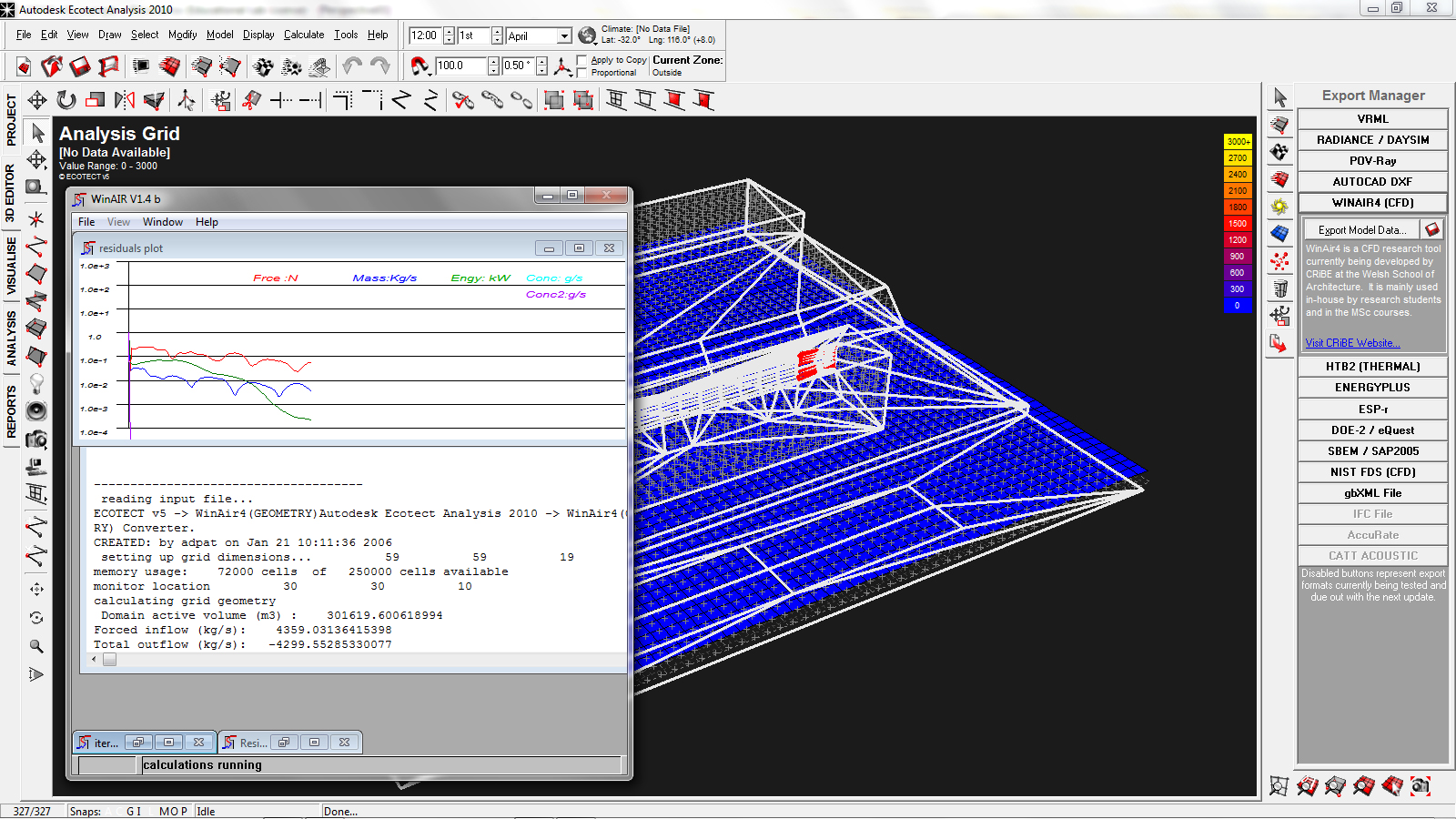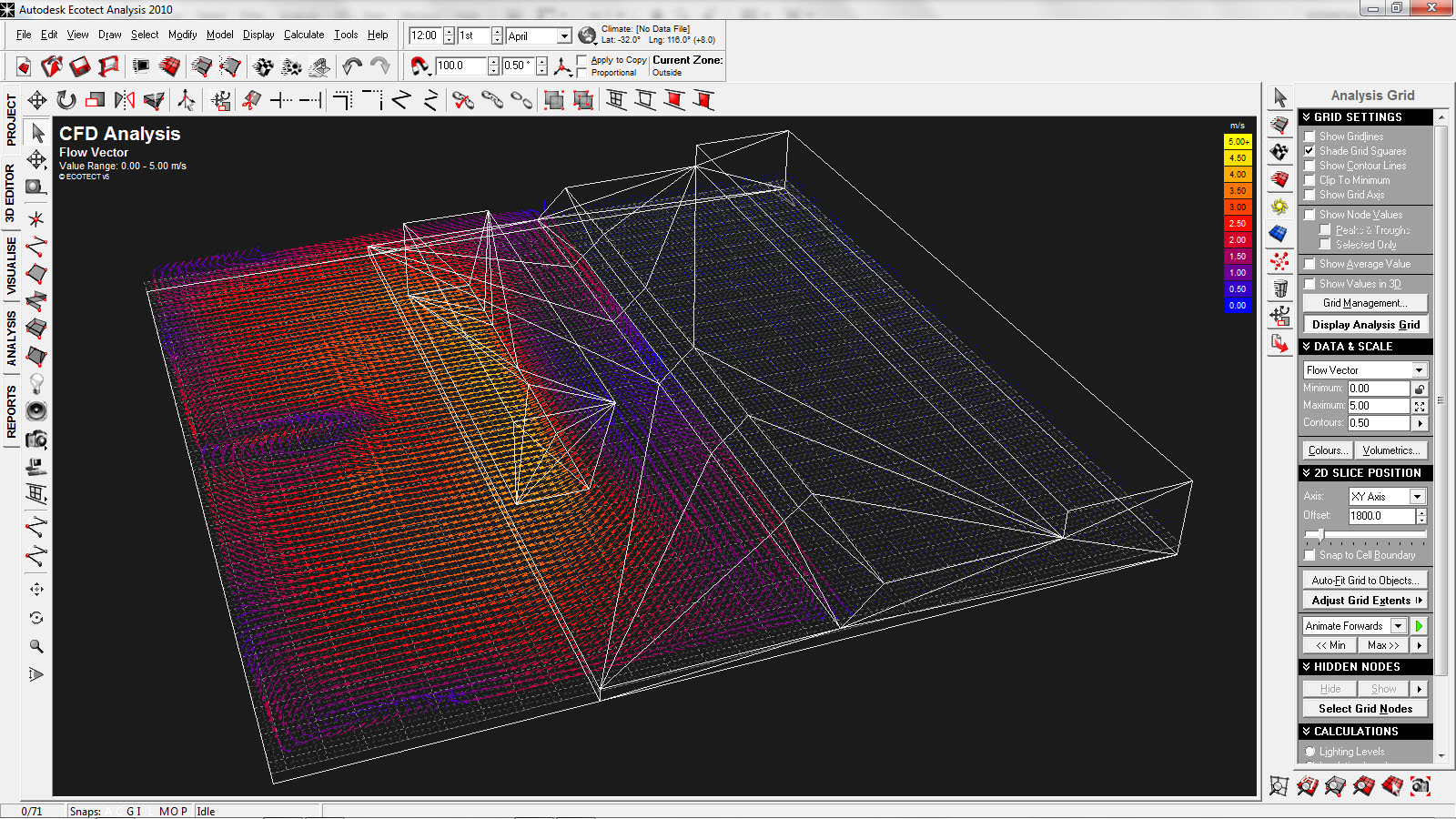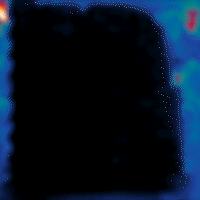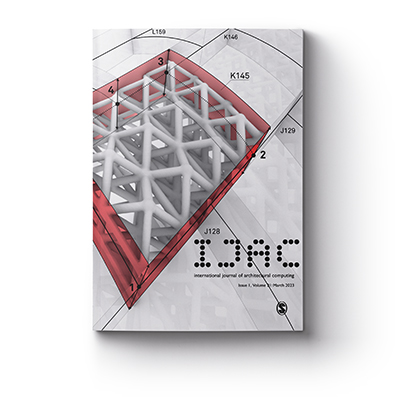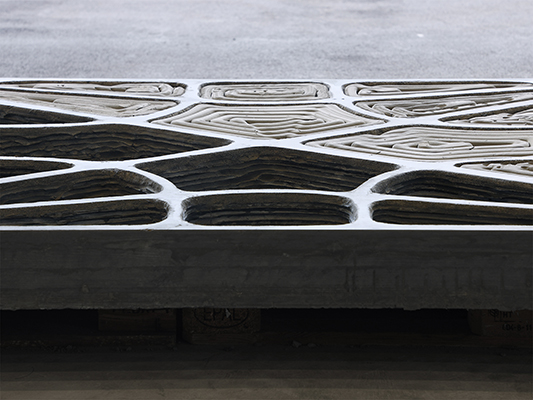Yes this is CFD analysis for Grasshopper. And no, its not precise at all. However, even researchers with ten years experience in aerodynamics are telling me that they don’t know anything about wind. Assuming you’re not emphasizing this analysis part as the backbone of your project it serves as a pretty bling* visual reference and objective evaluation. Gradients baby!
The calculation is done in WinAir via Ecotect and ported from and to Grasshopper via GECO. Additionally, I used some custom components for baking the geometry with attributes (such as colors).
The workflow within Ecotect/WinAir is described here and further tutorials can be found there. See also below for some remarks on debugging and images how your screen should like during processing (and go mad if not).
Note that WinAir is a fragile piece of software developed as in-house solution back before 2006 by CRiBE at the Welsh School of Architecture. Therefore you might have to employ all your skills in patience to make it work. Here a couple of tricks you potentially find helpful:
– install Winair according to the instructions here
– eventually change the folder security/access settings
– don’t forget to set back the computer clock before 2006
– there is a maximum grid cell limit for calculation of 250 000
– somehow I had problems with complex export file name prefix
– make sure to run Winair only once a time
– for testing the functionality of WinAir run it with a basic geometry built with ‘Zones’ in Ecotect
You can download here the prepared Grasshopper Definition and associated Rhino file. This solution wouldn’t be possible with the dedicated work of [uto] and Giulio Piacentino. Note: this definition has been found to work with Grasshopper v0.80066, geco v1.0.30 and Ecotect 2010.

